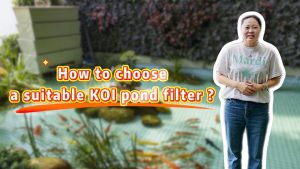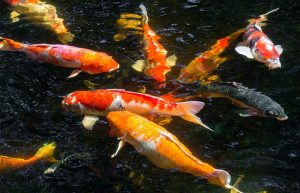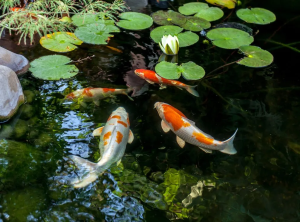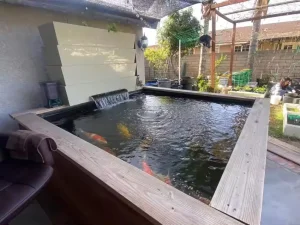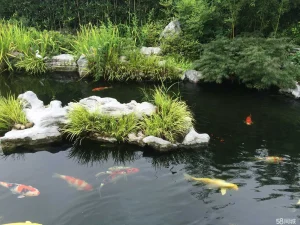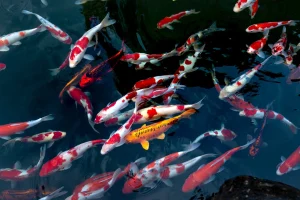Regarding the co-culture of koi fish with other fish species, this practice involves multiple considerations at various levels, including but not limited to the suitability of habitat space, the regulation of water quality parameters, the behavioral characteristics of fish, and the compatibility of ecological niches. To construct a multi-species symbiotic aquatic ecosystem, the following elaborates on the key elements and recommended guidelines for implementing such co-culture strategies:
1.Design and configuration of breeding environment
Volume and layout: The size of the breeding container should fully take into account the growth potential of the koi carp and the needs of the community, ensuring that each member has sufficient space to move around and avoid the physical and psychological stress caused by overcrowding.
Water quality management: An efficient biological filtration system is essential to effectively remove toxic substances such as ammonia nitrogen and maintain the stability of the water quality, thereby creating a healthy living environment for koi and other mixed-culture fish.
2.Coordination of physiological and ecological parameters
Water quality indicators: Koi prefer near-neutral water conditions (pH between 6.8 and 7.4), and the choice of mixed culture partners should be based on the need for similar water quality parameters.
Thermodynamic environment: Given the water temperature requirements of koi are roughly between 15°C and 25°C, mixed-culture fish should be able to thrive in a similar temperature range.
3.Principles of species selection
Social behavior: Preferentially select fish with a peaceful personality to avoid potential territorial disputes or predatory tendencies and ensure harmonious coexistence within the community.
Nutrient intake pattern: The diet of mixed fish should be similar in order to reduce social tension caused by differences in food distribution.
Form to size ratio: Properly match the body specifications of fish to avoid significant size gaps in case smaller species are threatened or neglected.
4.Dynamic monitoring and intervention strategies
Behavioral assessment: Pay close attention to fish interactions, identify abnormal signals, and take isolation measures if necessary to prevent the spread of disease or increased social conflict.
Progressive integration: A phased approach is adopted to introduce new members, allowing existing groups to gradually adapt to changes and promoting the restoration of ecological balance.
The candidates of mixed culture are selected
For the specific needs of the koi, the following species of fish are considered ideal for mixed culture:
Goldfish: the same cold water calm type, easy to live with koi.

Pearl scale goldfish: unique appearance, and koi constitute a visual complement, while maintaining a friendly attitude.
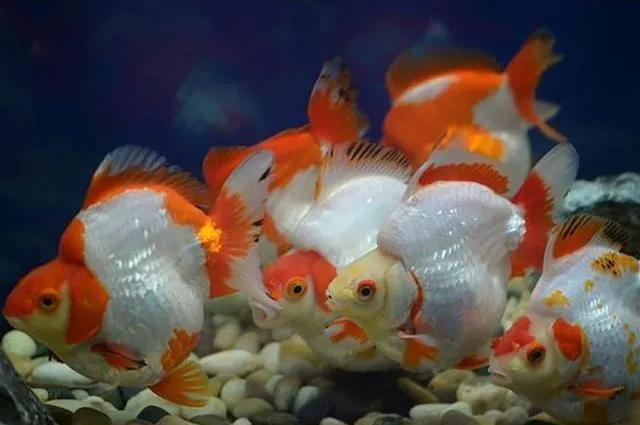
Red phoenix fish: beautiful color, gentle temperament, suitable for the diversity and vitality of the koi community.
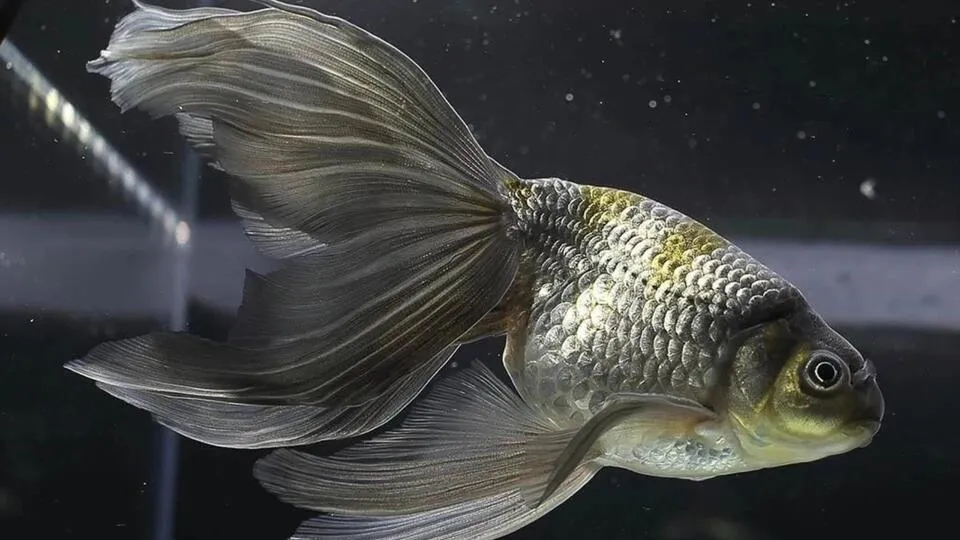
Zebrafish: Despite a preference for higher temperatures, under the right conditions, their vigor and hardiness make them a viable option for koi companions.
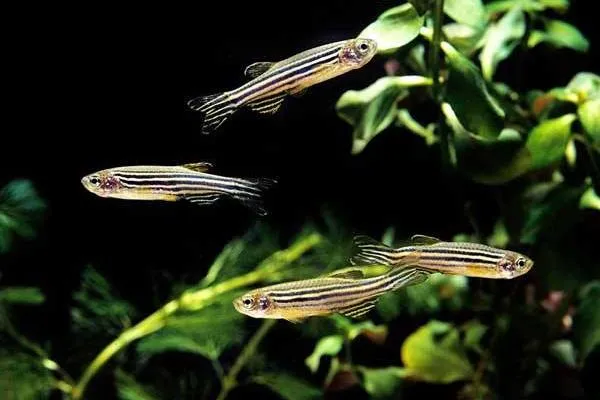
To sum up, the successful implementation of the mixed breeding program of koi and other fish requires a rigorous perspective of ecology and biology, combined with the accumulation of practical experience, careful planning and management of each link, in order to ensure the well-being of individuals, while creating a vibrant, harmonious and beautiful underwater world.

